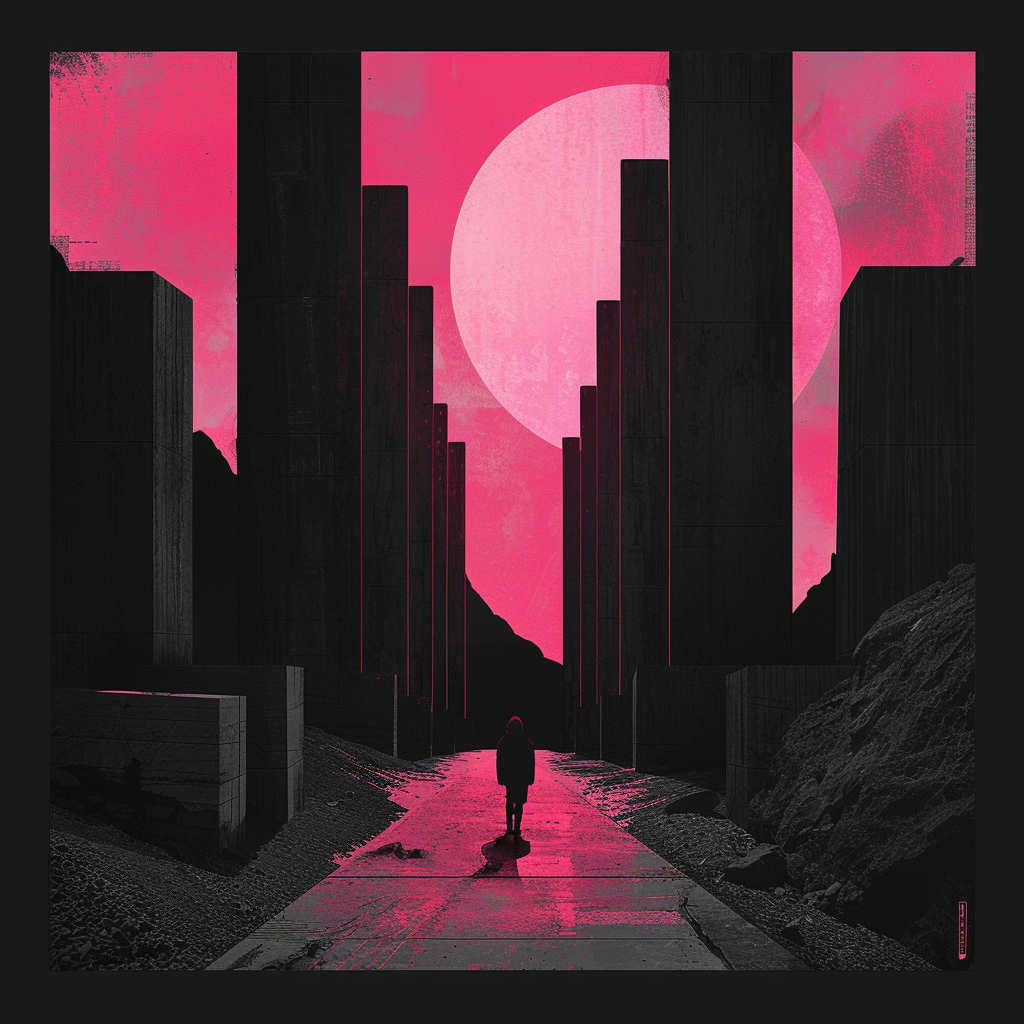During these three years, I have collaborated with students and artists from different majors on many different projects, covering games, movies, animations and stage performances. I have met many excellent artists and expanded my artistic thinking.
I will introduce my work projects below:
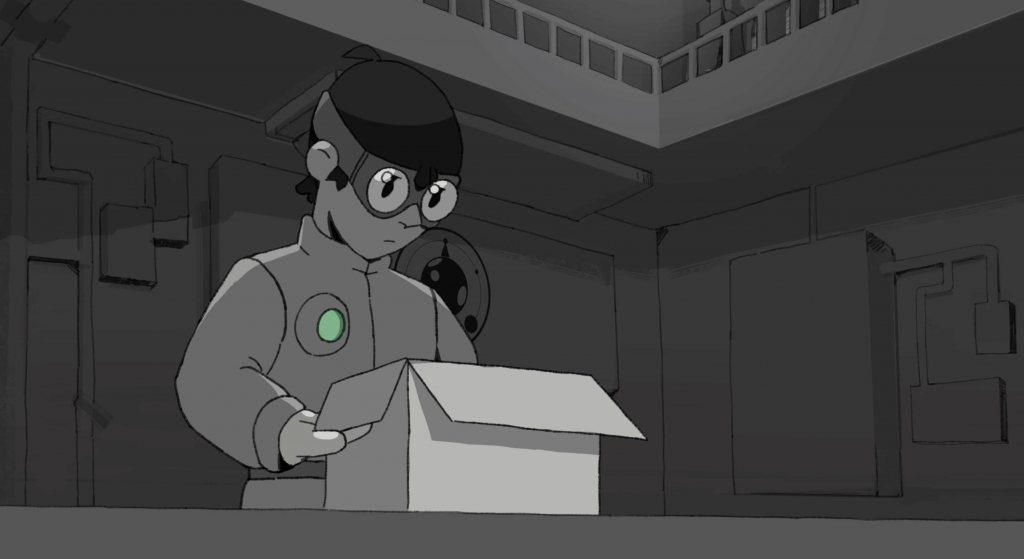
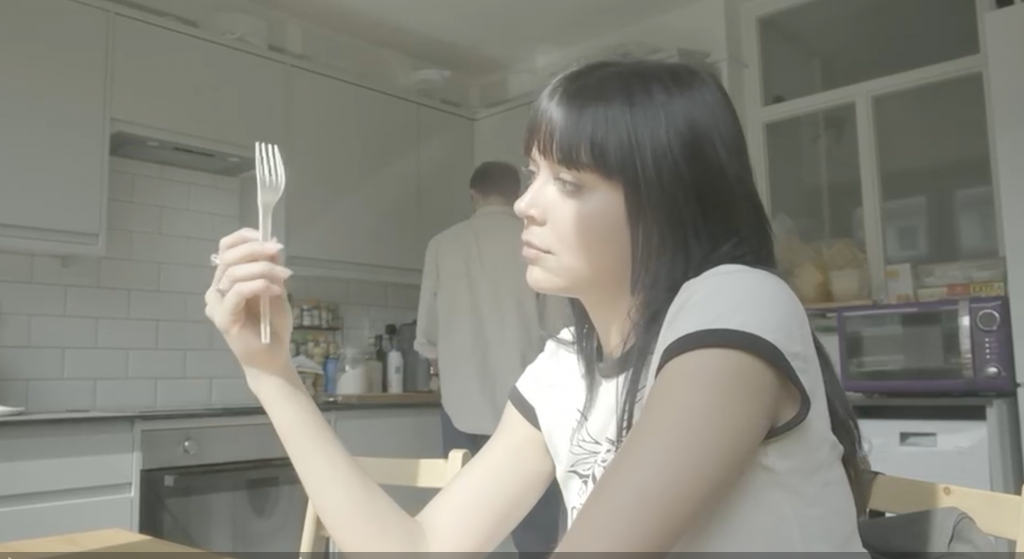
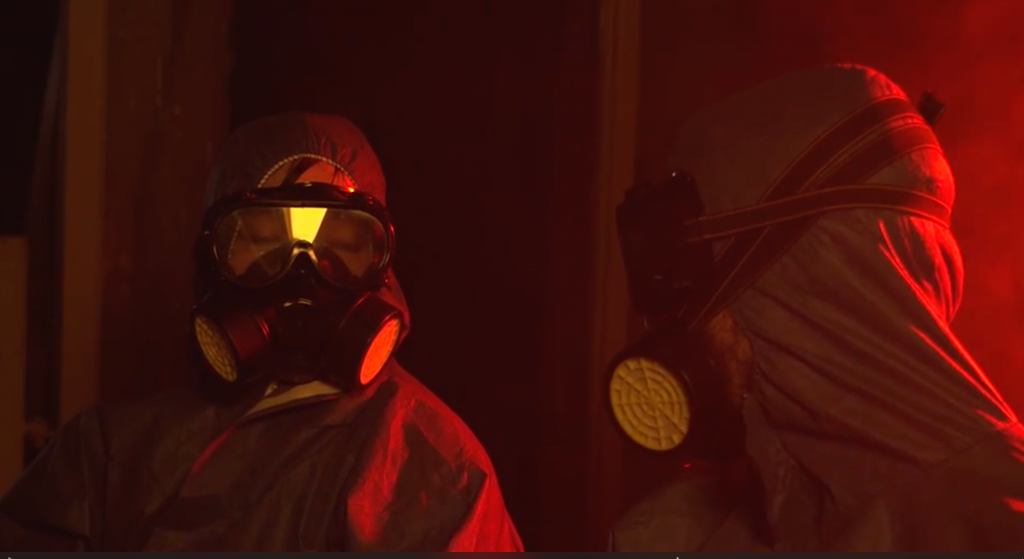
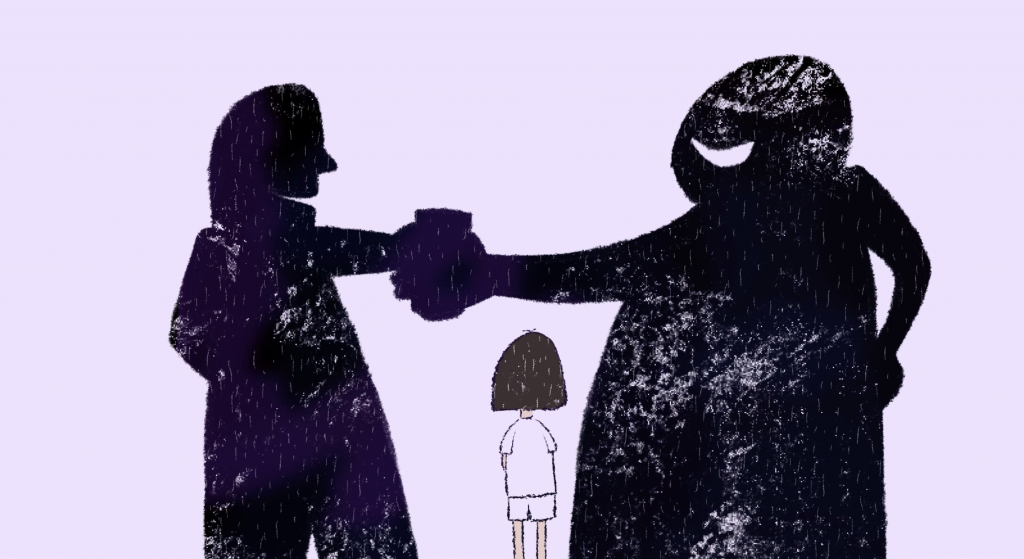
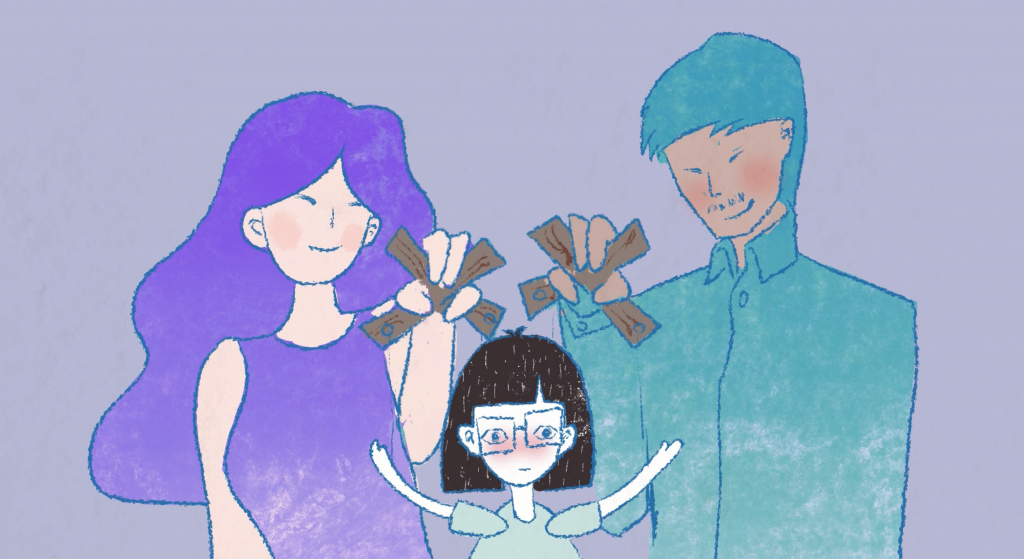
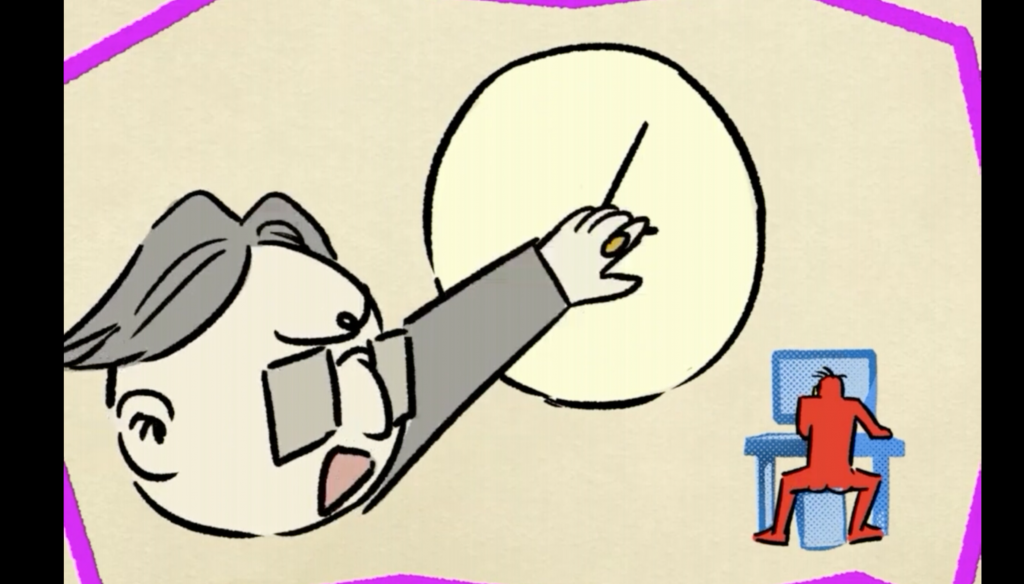
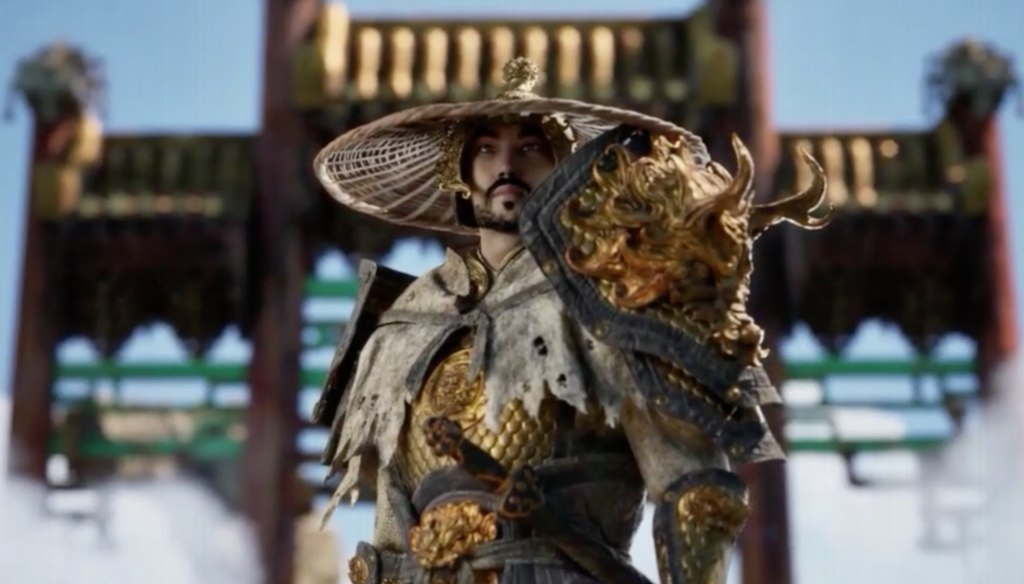
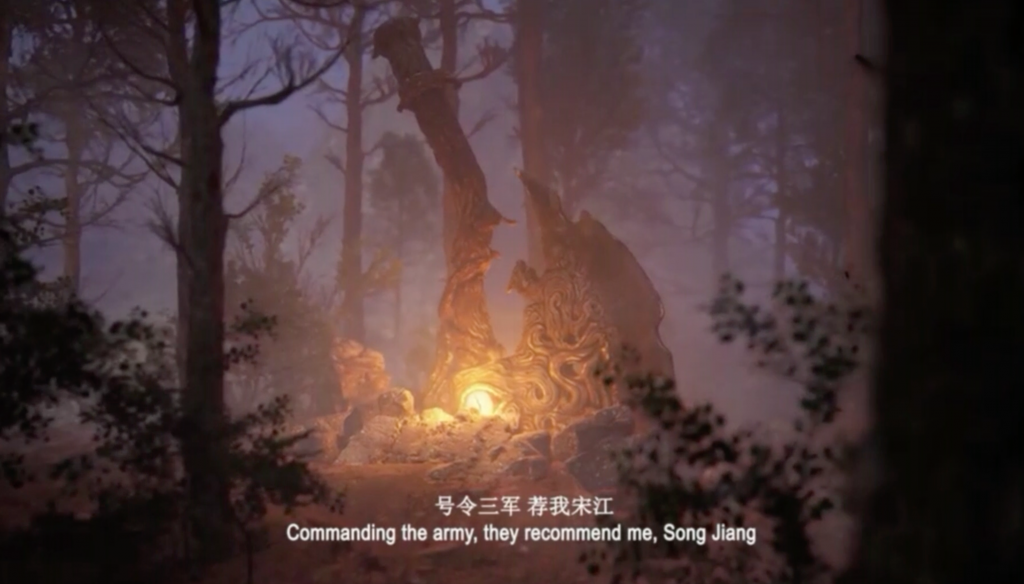
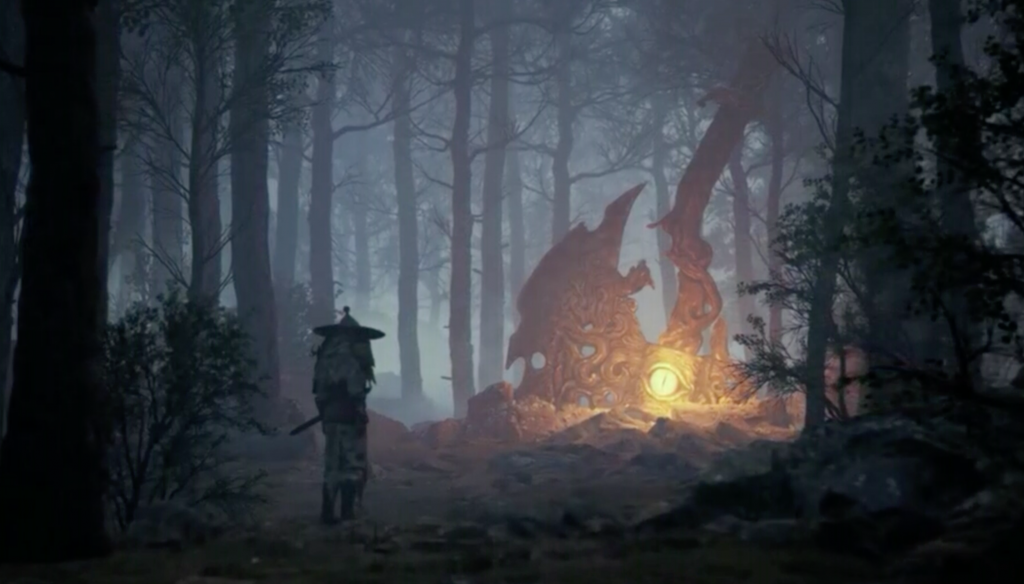
Game Sound Design:
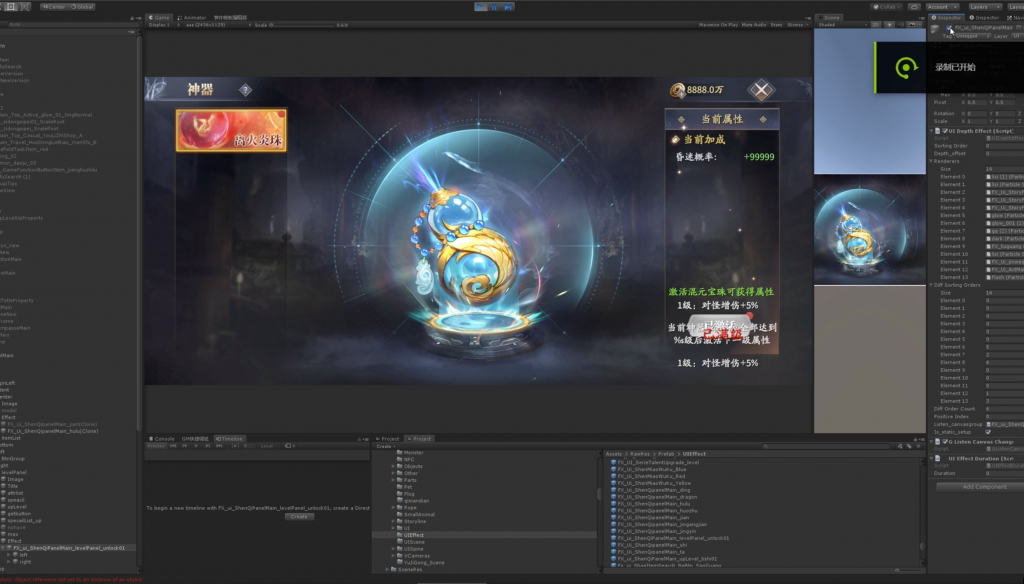
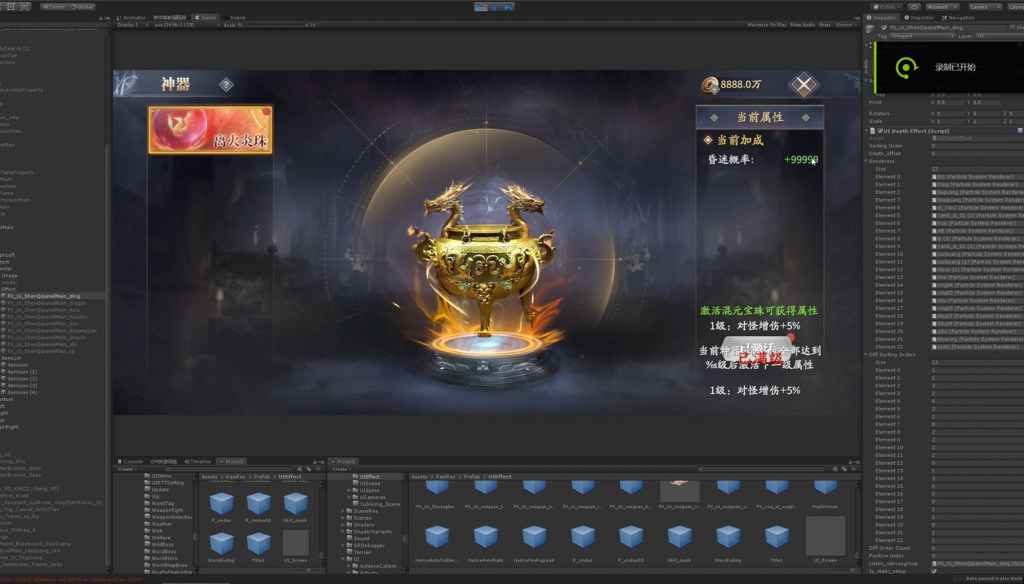
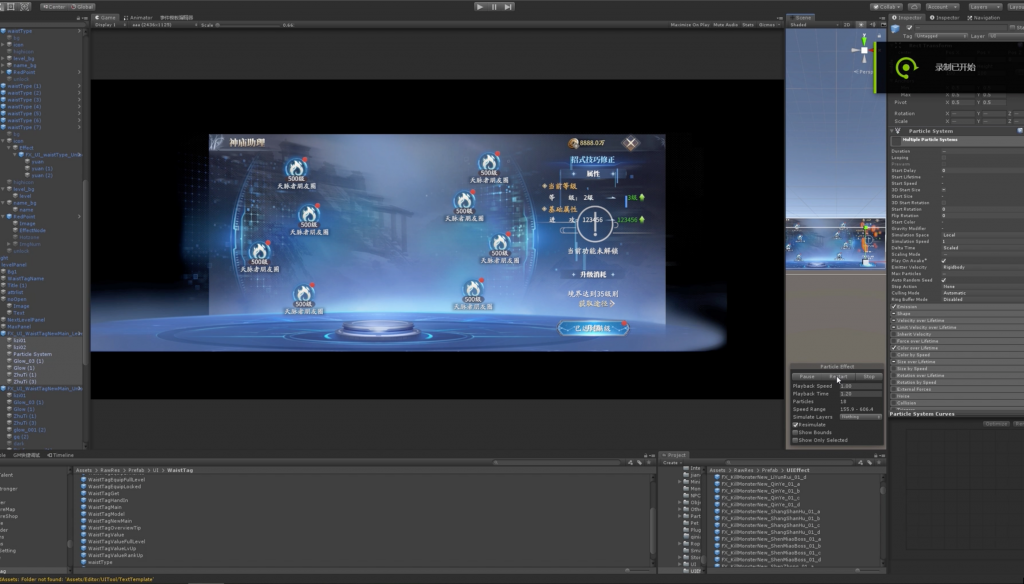
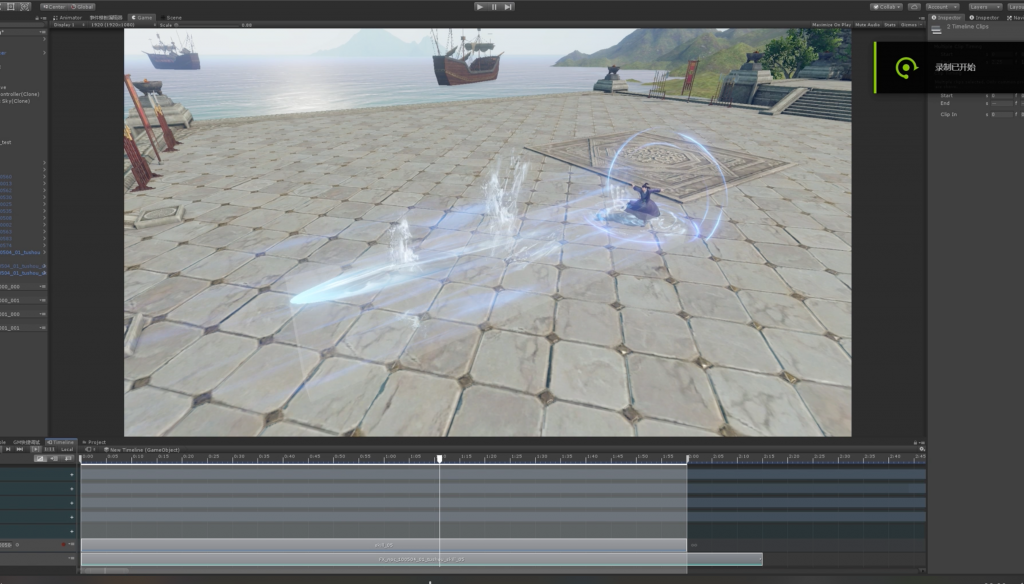
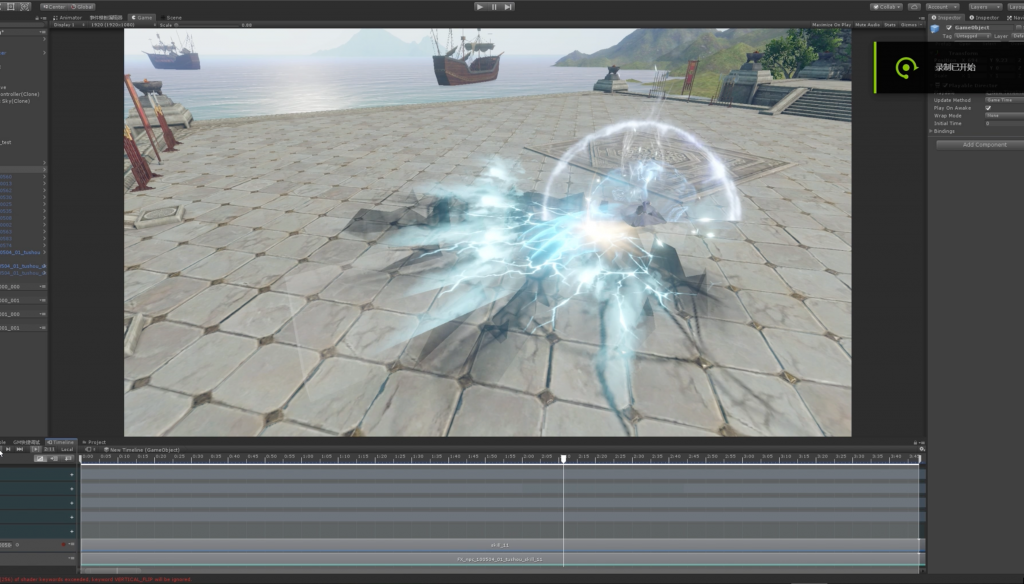
Sound Design Portfolio:
Performance:
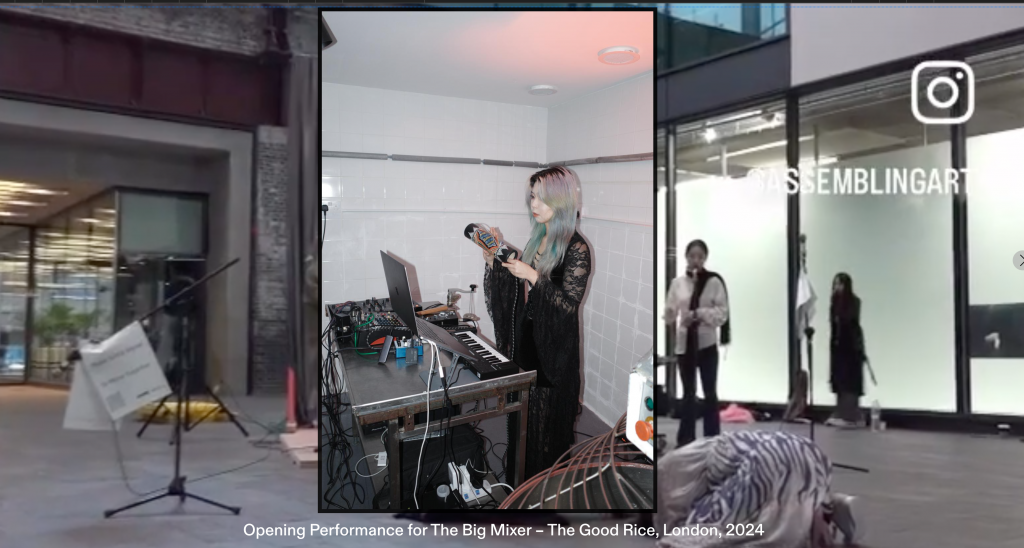
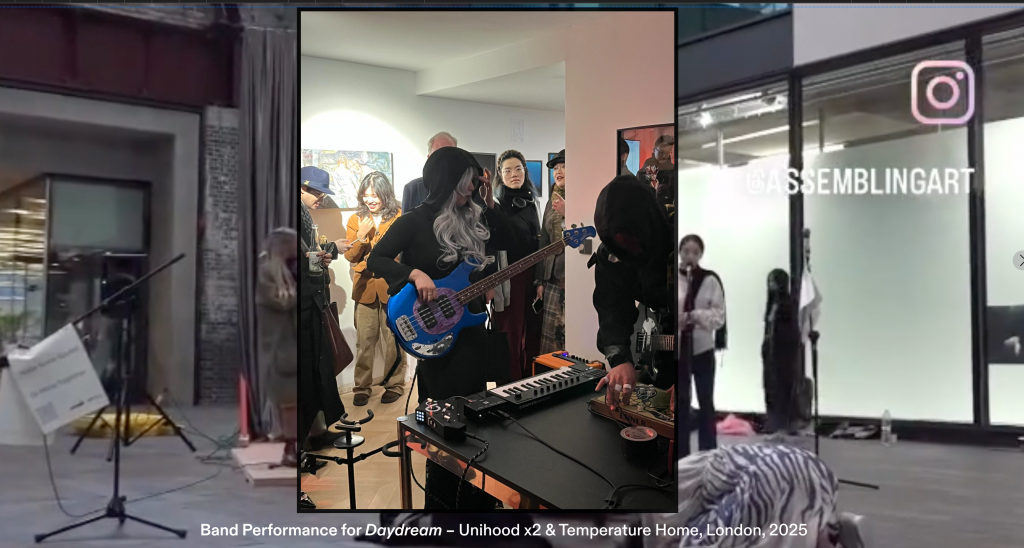
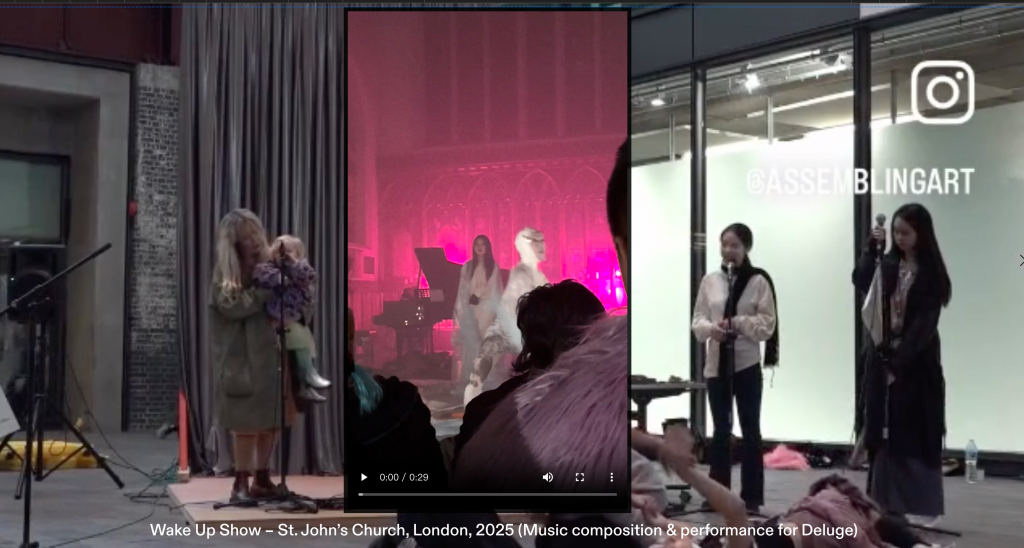
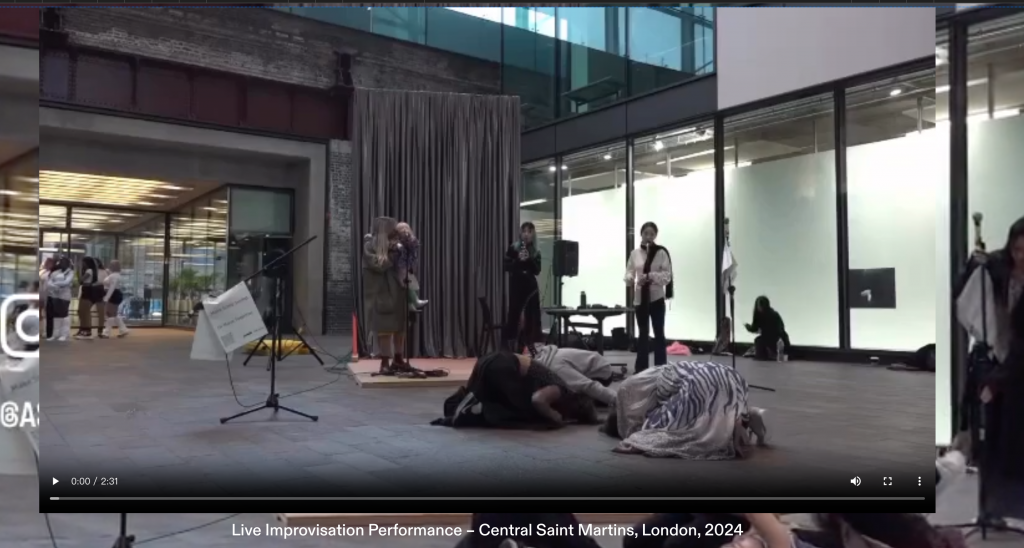
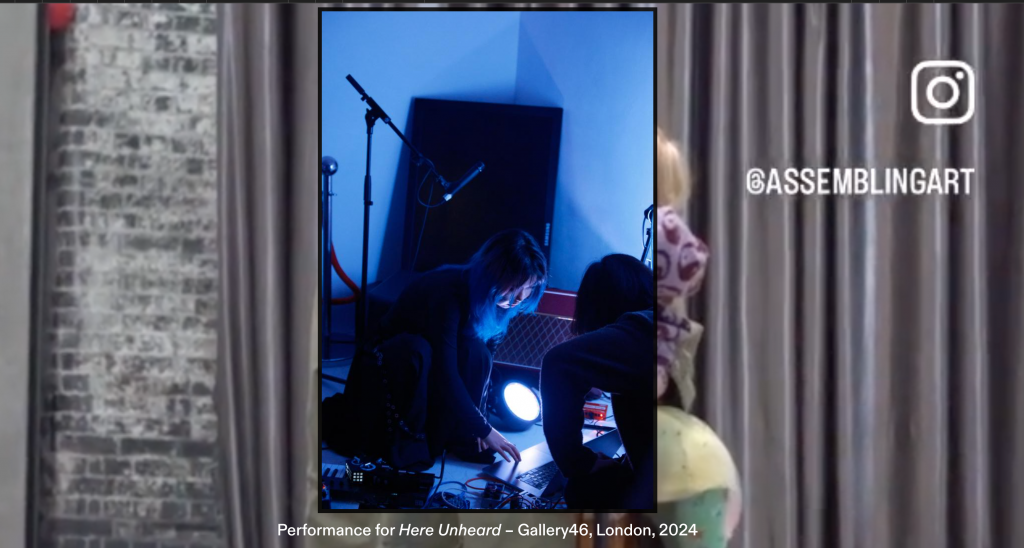
Over the past few years, I have participated in a range of off-campus projects that have significantly shaped my understanding of what it means to be an artist. These experiences—from live performances to interactive installations and sound design for digital media—not only helped me improve my technical skills but also challenged my perception of the artist’s role in contemporary society.
One of the most impactful experiences was working on a collaborative game project. I communicated closely with the game designer to refine and improve our ideas, and together we went through over a dozen iterations before arriving at a result we were both satisfied with. Throughout this process, the game designer also gradually refined his visual and gameplay elements. This experience taught me that collaborating with talented and committed partners can yield results that are far greater than the sum of their parts, and it reinforced the value of mutual feedback and shared vision.
During the holidays, I interned at a large game company where I worked on several sound-related tasks. These included creating interactive UI sounds, NPC attack effects, a variety of weapon sounds, and environmental ambiences. I also learned how to implement sounds into the Unity using audio middleware. Working in this kind of professional environment required not only creativity but also a strong sense of collaboration, adaptability, and responsiveness to teams operating with different priorities and workflows. It reminded me that artistic practice does not always take place in isolated studios—it often unfolds through negotiation with broader systems, schedules, and objectives.
These professional experiences made me more aware of the multiple roles an artist may take on: performer, collaborator, technician, mediator, and even educator. I started to understand the weight of responsibility that comes with producing public-facing work—how audiences interpret, critique, and sometimes misread artistic intention. I also became more conscious of the often-invisible labour that supports creative work: logistics, funding, communication, and documentation.
Through these projects, I have gradually shifted from seeing myself purely as a student or an experimental sound-maker to someone capable of initiating, managing, and realising creative visions in real-world contexts. This transition in identity is subtle but meaningful. It reminds me that being an artist today is not only about producing aesthetic objects; it is about participating in complex cultural dialogues, building sustainable practices, and navigating the balance between creative inspiration and professional demands.
